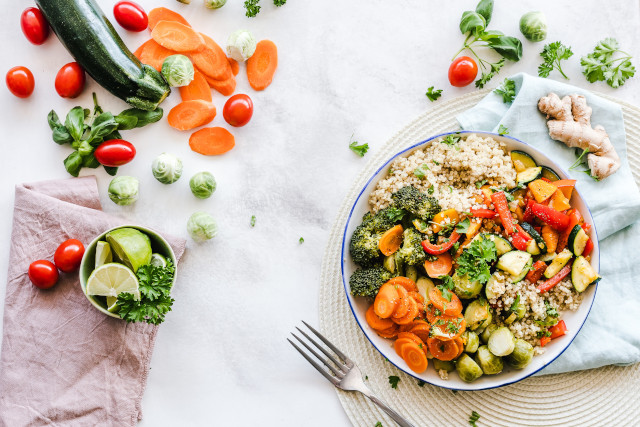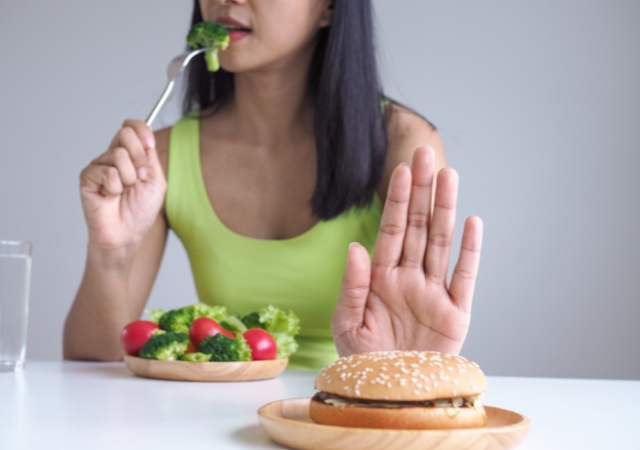Having diabetes comes with its fair share of challenges. People with this condition need to heedfully watch what they eat and monitor their blood sugar levels throughout the day. High blood sugar levels are the result of having too much glucose in the body, which is gained from carbohydrates found in certain foods.
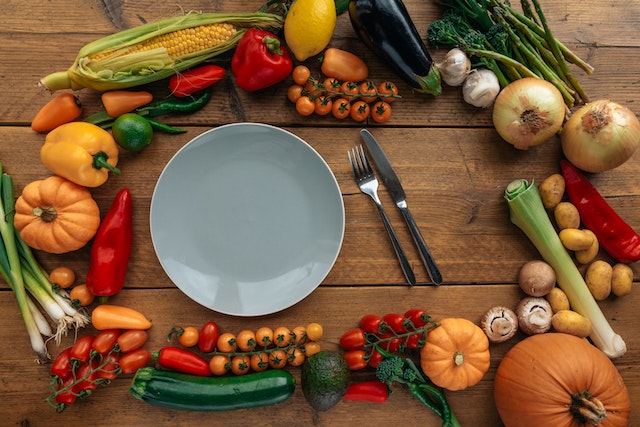
This is why people with diabetes need to be aware of which ones trigger a spike in their blood sugar and avoid them as much as possible. However, this isn’t as easy as it sounds. In fact, most people don’t even realize that these 10 risky foods can, unfortunately, “pave the road” to diabetes until they read this article.
Contents
1. Dark-Colored Potatoes
Potatoes are a staple food in many people’s diets. Unfortunately, it seems that the darker varieties of potatoes, such as purple potatoes, Yukon golds, and russets, are linked to a greater risk of developing diabetes.
Dark-colored potatoes are high in a type of carbohydrate called resistant starch, which the body can’t fully digest. As a result, the starch winds up being metabolized by gut bacteria, yielding compounds that magnitude the risk of developing diabetes. A diet rich in resistant starch can elevate your risk of developing diabetes. Fortunately, you can lower your risk by choosing white potatoes more often.
2. Beans And Legumes
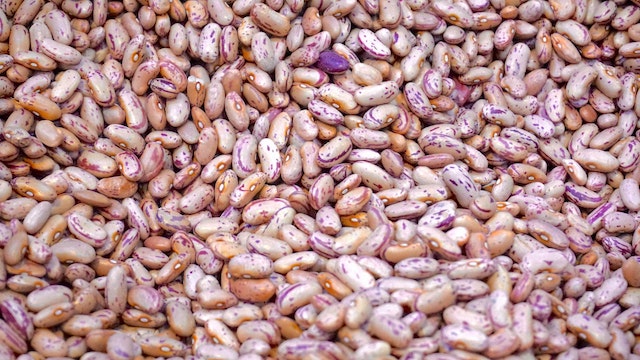
Beans and legumes are a staple food in many people’s diets around the world. However, studies have shown that eating a diet rich in beans and legumes can multiply your risk of developing diabetes.
You may be wondering how something so healthy can be associated with increasing your risk of a serious disease. Unfortunately, the problem lies in how the beans and legumes are prepared. The reason these foods increase your risk of diabetes is that they are usually ingested in an unprocessed state. As a result, they lead to a large spike in blood glucose levels, increasing one’s risk of developing diabetes.
There’s no easy solution here. While you can eat the beans and legumes in their unprocessed state, you’ll have to control your blood glucose levels manually with medication.
3. Processed Meat

Processed meat is meat that has been transformed by methods such as smoking, curing, or fermentation. Examples include sausages, salami, hot dogs, bacon, ham, and other smoked or cured meats. This type of meat is associated with a higher risk of diabetes, heart disease, and certain types of cancer.
There are a couple of reasons for this. First, many processed meats are high in saturated fat, which increases the risk of heart disease. Second, processed meats are often high in sodium, which can increase blood pressure, a risk factor for heart disease. On top of that, processed meats contain nitrates, which can be transformed into carcinogenic compounds in the body. This is a particular concern for people who eat a lot of processed meats.
4. Dairy
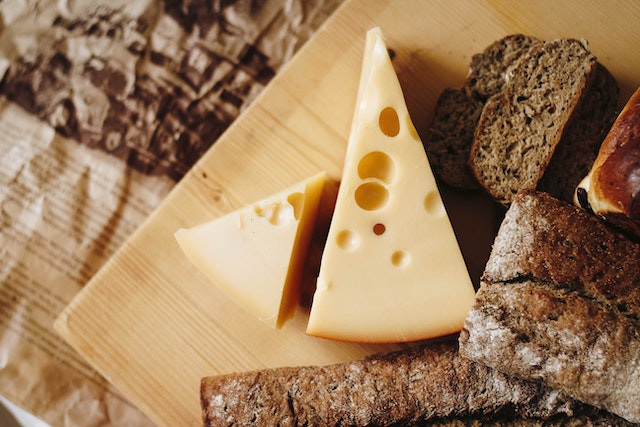
The link between dairy and diabetes is controversial. However, some studies have found that people who eat a lot of dairy have higher rates of diabetes. There has been a lot of debate in the medical community about whether dairy actually causes diabetes, or if it’s just an indicator of a certain dietary pattern also linked to an increased risk of diabetes.
Regardless of the discussion, there is a chance that eating too much dairy can increase your risk of diabetes. Many types of dairy products are high in saturated fat, which can increase your risk of diabetes.
5. Eggs

Like beans and legumes, eggs are usually eaten in their unprocessed state. Therefore, they cause a large spike in blood sugar, increasing your risk of developing diabetes. That said, it is important to note that eating two eggs a day does not increase your risk of diabetes. In fact, eating two eggs a day can actually reduce your risk of developing diabetes.
Unfortunately, most people who eat a lot of eggs do so in the form of egg sandwiches and other processed foods that contain large amounts of eggs. In other words, people who eat a lot of eggs are increasing their risk of diabetes.
6. Frying Foods

Frying causes foods to oxidize and produce harmful compounds. Unfortunately, these same harmful compounds have been linked to an increased risk of developing diabetes. Frying can also elevate your blood glucose levels, making it harder for you to regulate your blood sugar.
In general, it is best to avoid frying foods because it is not a very healthy way to cook. There are healthier ways to prepare your food, such as baking, roasting, and grilling. Fortunately, there are some foods that are less affected by frying. For example, fish and seafood often fare better than chicken and other meats when prepared by frying.
7. Soy

Soy is a very popular food, particularly among vegetarians, vegans, and people who are trying to lose weight. However, many experts believe that it can cause diabetes and lead to weight gain.
This is because soy is rich in phytic acid, which can impede the body from absorbing nutrients. As a result, it can cause blood sugar levels to rise and lead to diabetes. Try to avoid eating large amounts of soy products, such as tofu, soy milk, and edamame.
8. Foods With A High Glycemic Index

A diet with a high glycemic index is one that causes your blood glucose levels to spike, which is associated with an increased risk of diabetes. In fact, a high glycemic index has been shown to cause blood glucose levels to increase by 20–40% in people at risk of diabetes.
Unfortunately, most people aren’t aware of the glycemic index of the foods they are eating. This means that they are not making an effort to eat healthier and reduce their risk of diabetes. Fortunately, there is an easy solution. You can reduce your risk of developing diabetes simply by looking up the glycemic index of the foods you are consuming and choosing healthier alternatives.
9. Whole Grain Rich Foods
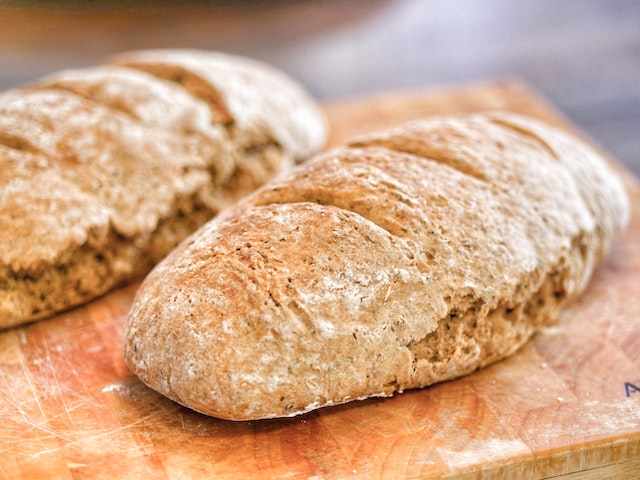
Whole grain-rich foods are high in fiber and contain lots of vitamins and minerals. Unfortunately, they are usually processed, which causes them to have a high glycemic index. Whole grain-rich foods are linked to an increased risk of developing diabetes.
Fortunately, there is an easy solution. You can reduce your risk of developing diabetes simply by choosing unprocessed whole grain-rich foods. Unfortunately, most people have no idea what unprocessed whole grain-rich foods are. For this reason, it is important to educate yourself about this topic so that you can make wiser choices about your diet.
10. Sugar-Laden Foods
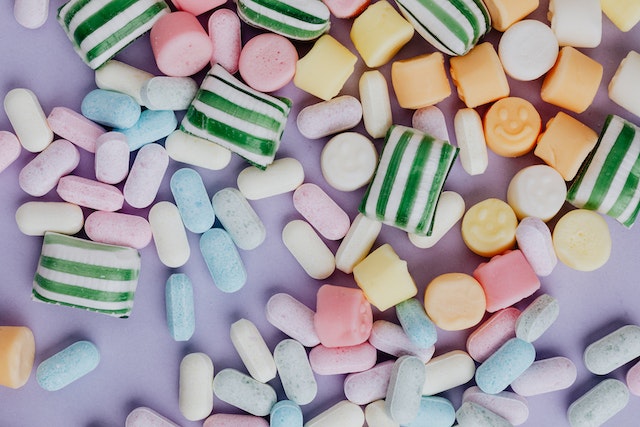
Sugar-laden foods are the types of foods that you probably already know you should circumvent. They are associated with a higher risk of developing diabetes. Unfortunately, many people eat a lot of sugar-laden foods but don’t know that they could be increasing their risk of diabetes.
There’s an easy solution. You can reduce your risk of developing diabetes simply by choosing unprocessed foods, such as vegetables and fruits, instead of processed foods, such as sugary snacks.
Conclusion
Preventing diabetes is one of the most pivotal things you can do for your health. Unfortunately, most people don’t really know that they are putting themselves at risk. If you want to prevent diabetes, stay away from the foods on this list. You should also try to retain healthy weight benchmarks and get enough exercise. Most importantly, you should see your doctor and get screened for diabetes.
References
Wolever TM. The glycemic index. World Rev Nutr Diet. 1990;62:120-185.Lean ME, Te Morenga L. Sugar and Type 2 diabetes. Br Med Bull. 2016;120(1):43-53.


